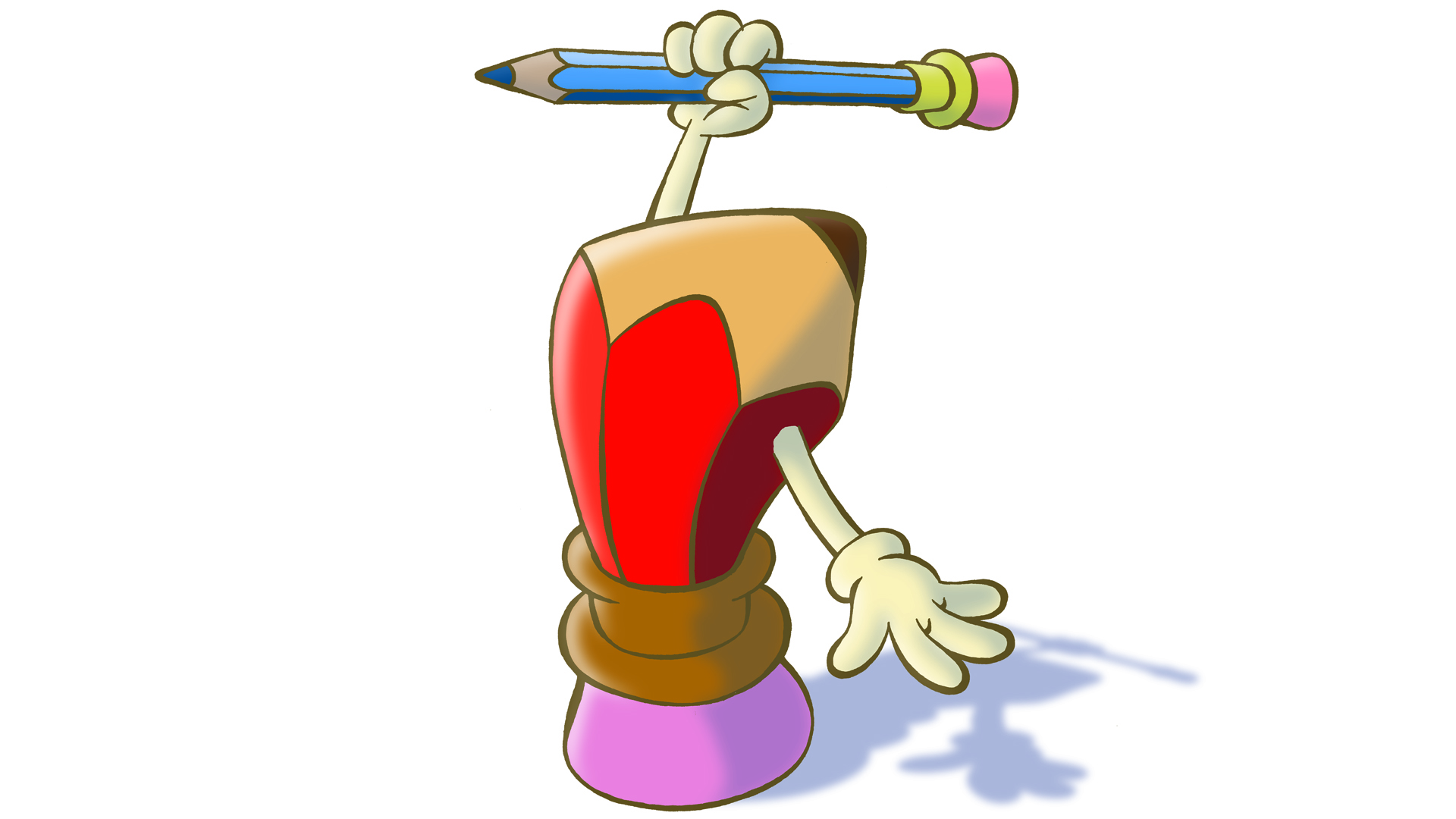Lecture 04: LET'S ALL HEAR IT FOR THE HUMBLE PENCIL!

Before we go any further with our course we should perhaps give credit to the one tool that has made traditional hand-drawn animation possible since the very beginning - the "humble pencil". It is so easy for us today, in this digital age, to dismiss the roll of the pencil in what we do. But in reality we might not understand even the credit we should give it for the achievements of the past!
No amount of new technology can ever replace the pencil for its immediacy, its versatility and its strong connection with the hand/eye co-ordination of an accomplished artist. When we look back at the artwork of the great master animators of the past we see immaculate works of creativity that would grace even the most discerning of the world’s finest art galleries. Yes, commercial animation is often seen as "bubble-gum" entertainment. Yet at its absolute highest level of expression, animation can also be a very fine art form, requiring very fine art. This is why pencil skills are so important.
When I first decided to make "Endangered Species" I was not neglectful of the contribution that the pencil has made to our industry. Now, I am not neglecting the fact that it was the people holding the pencil that made the major contribution. Not for one moment! With their input the pencil, just like computers today, could do nothing on their own. Yet I do believe that working with a pencil is a more natural, organic process for the artist/animator to pursue when establishing form, pose and expression - whether in animation or in any other art form. Just looking at the "pencil tests" of great animation in the past you can sense that the "soul" of the animator was in the action, not just the lines they drew. Take this sequence by ex-Disney animator, Andreas Deja, for example...
I have of course met many contemporary 2D animators who are perfectly happy with drawing directly into the computer, using electronic pens and tablets. Certainly it is possible to produce much wonderful hand-drawn animation that way. Yet there is something of the tactile feeling you get from drawing pencil on paper that is never beaten. Certainly most of the simplistic, economically-produced animation for TV and the Web can most definitely be created quite successfully within a purely digital environment. However, the kind of classical, sensitive, personality-driven animation that epitomized the "Golden Age" of the fine 2D tradition is surely still now more impressive than the crude - by comparison - digital approaches of today. Therefore I earnest plea that the animators of the present - or the future - should never throw out their traditional pencils with the digital bathwater!
